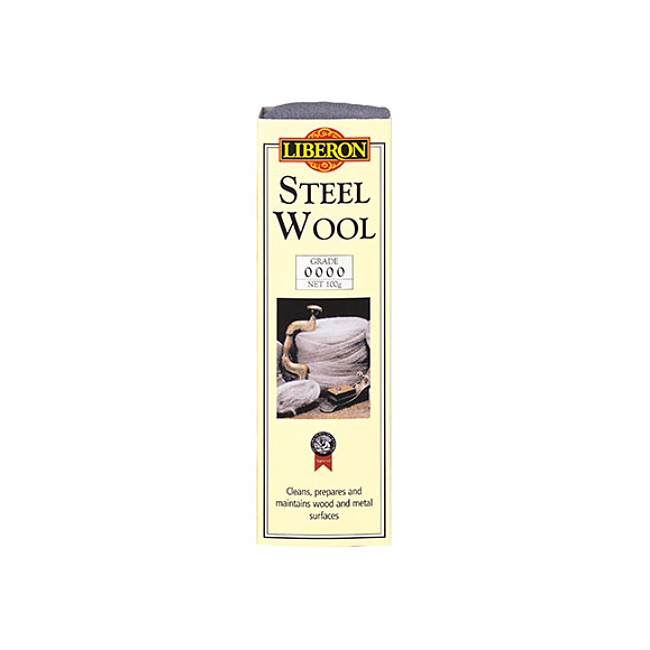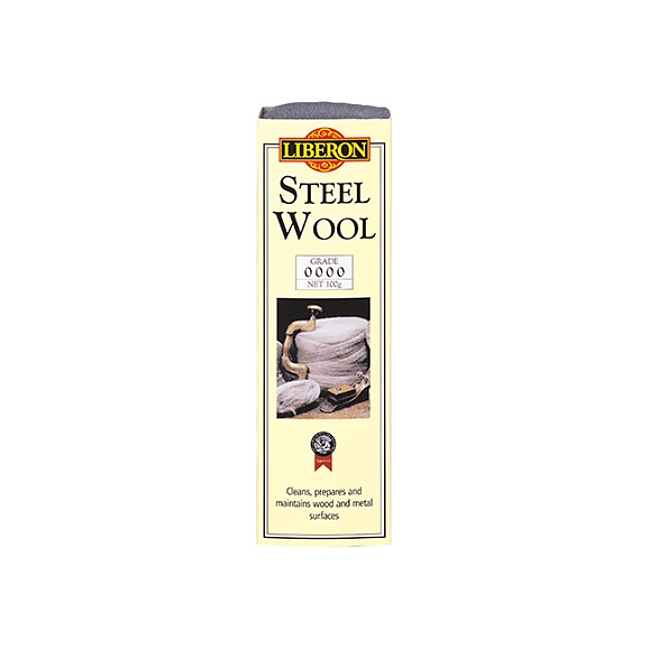


Good old plain and simple steel wool isn’t actually as plain and simple as you might think. For a start, it’s quite a complicated product to make, although I realise that’s not especially important from the end user’s point of view. What is important however is that there is no level playing field when it comes to grading steel wool, so you aren’t necessarily getting what you think you’re getting, and I’ll explain why not in just a moment.
As blogs go, this one is a bit on the lengthy side, but if you have a couple of minutes to read it to the end, you'll be that much more in the know.
Is it steel wool or is it wire wool? Steel wool? Wire wool? I’m not sure it matters that much. Here at Beaufort Ink we call it steel wool, but whatever you call it, I’m pretty sure you know the stuff I’m talking about.
Steel wool is made on huge production lines, where steel wire is shredded and extruded into ever thinner sharp edged strands until it reaches the desired thickness for the grade of steel wool being made. It’s then cleverly knitted together and cut to length to form the sort of product that we’re all familiar with.
Steel wool has a myriad of uses, both in the home and in the workshop. I’m fairly certain that most people reading this won’t be too interested in its usefulness for cleaning the kitchen cooker, but it is though, invaluable in the workshop, both for maintenance and for production.
Amongst other things, steel wool can be used to help with cleaning machinery and tools, it can be used to help with pen tube preparation and pen blank finishing, it can prepare surfaces before finishing, cut back finishes between coats, burnish, roughen, smooth, de-rust, it can even be used when steeped in ordinary malt vinegar to blacken certain woods, particularly oak and any others with a high tannin content.
.....and I bet that most people didn’t know that last bit!
Personally, I use steel wool as part of my acrylic pen blank and ebonite pen blank finishing regime, and one of the small projects I have in mind for the near future is to write a “how to” on my method - because I keep getting asked, particularly with regard to ebonite. In fact I use three different methods, and I’ll write about them all when I get a moment, suffice to say that steel wool is perhaps my favourite. More on that another time though.
But I said at the start, and I said it with good reason, that with steel wool you don’t necessarily know what you’re getting.
And here’s why.
Most people reading this will know that sheets of traditional abrasives are graded and identified by a number to denote how coarse or fine they are - 120, 240, 320 and so on. What you might not know is that those numbers hark back to the days when the abrasive was proper sand (hence the name sandpaper), and that the number indicated how many particles of sand there were on a square inch of sandpaper. The more particles that are crammed in a square inch, clearly the smaller they have to be, so in other words, the higher the number, the finer the abrasive is.
Although rarely made with proper sand these days, the numbering system is still relevant because the principle remains unchanged. Therefore, if you buy 2 makes of abrasive paper with the same number, although they might perform and last in different ways, when they are new they will both abrade (or sand) to more or less the same extent. In other words, one make of 320 grit for example, will be more or less the same “fineness” as the next make.
The same cannot be said of steel wool however.
Steel wool is graded and identified by a series of numbers and zeros to denote how coarse or fine it is - 2, 1, 0, 00, 000 etc, the finest being 0000. However, there is no standard, or any historical reason why those numbers and zeros are used. One manufacturer's idea of fine can vary enormously from another manufacturer's idea of fine, so, unless you have any experience of using a particular make of steel wool, you will not know just how fine it actually is until you come to use it.
And I can tell you from long years of experience that some makes of fine are not very fine at all. I was a professional violin restorer before I started to earn my living in the pen world, so that sort of thing has always been important to me. I learned the hard way that 0000 steel wool in the case of some makes, can easily be unreasonably rough and coarse.
But I can also tell you that the absolute finest steel wool I have ever found is Liberon 0000. Just as Liberon advertises, it really is ultra fine, which is why it’s the only make of steel wool that we stock here at Beaufort Ink, it is why it’s the only make I used to use on ancient, precious violins, and is why it’s the only make of steel wool I will use on my pens.
When you want to take the rust off the neglected machine in the corner of your workshop, use the rough stuff from the pound shop, but when you want fine steel wool for production, you want fine, and preferably the finest there is, not a lottery as to just how rough it’s going to be.
Before too long I will write that tutorial I mentioned earlier, I promise, but in the meantime I also promise that if you want an ultra fine steel wool for your projects, be they wood turning, pen turning, violin restoration or even porcelain restoration, you will not find a steel wool that is any finer than Liberon 0000.
Check out Liberon 0000 ultra fine steel wool here

| Liberon 0000 steel wool is absolutely the finest grade of steel wool we have ever found |
Phil Dart
July 2021
Thanks for joining our mailing list
Please check your inbox
and verify your email address
to complete your subscription




Your name *